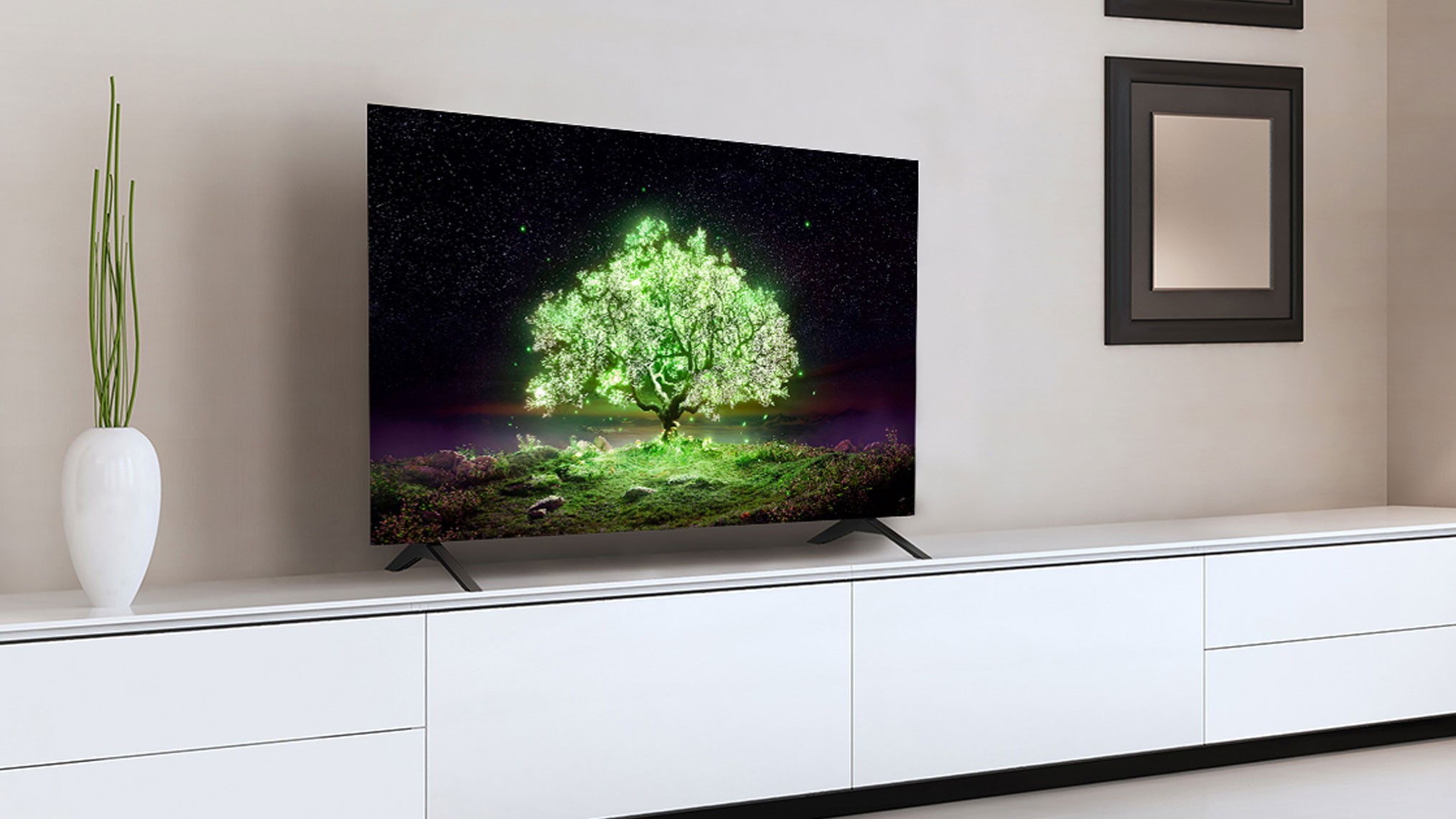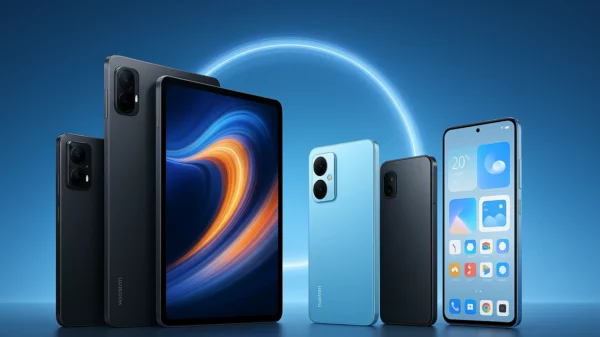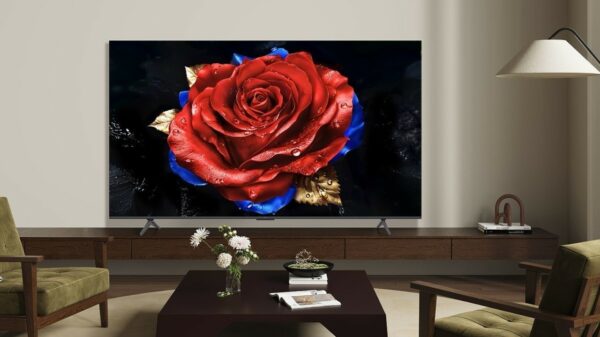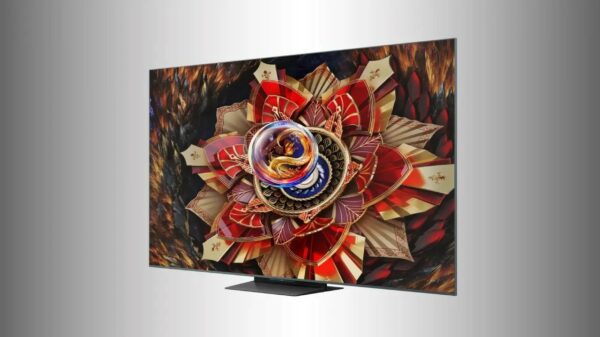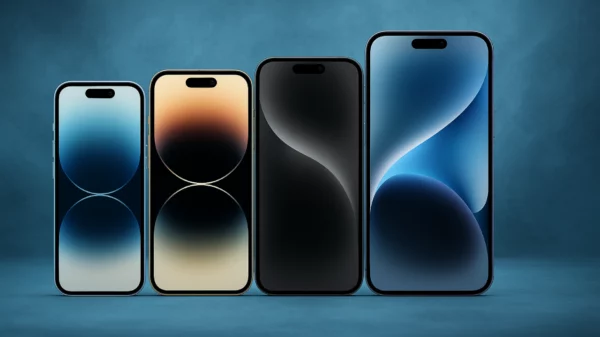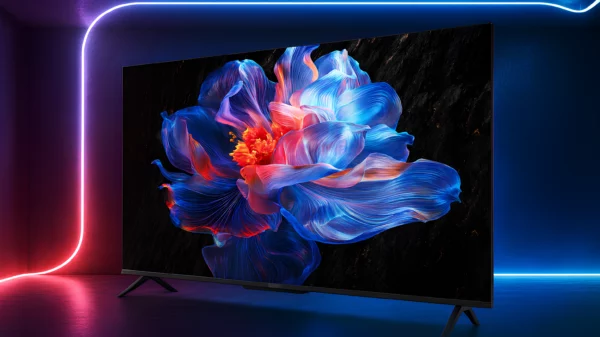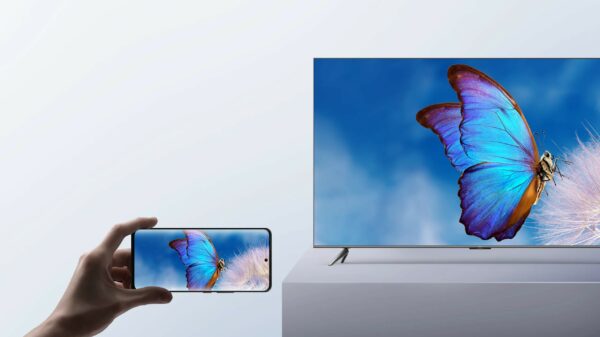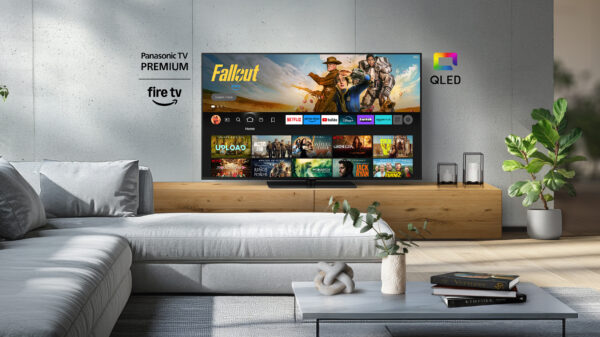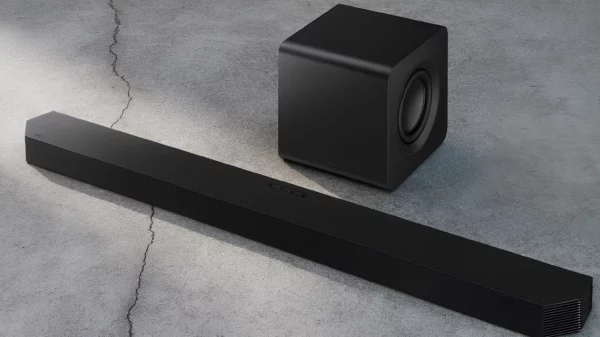How to get the best picture quality on LG OLED TVs? To do this, you should not make 5 classic mistakes that many people make out of ignorance. The following guide to using OLED TVs will tell you what settings should not be applied so that the image on these TVs always remains high-quality.
Errors when setting up LG OLED TVs
LG OLED TVs are excellent in every way. And this is not a subjective opinion. Most users consider these TVs to be the best, and rightly so. Each pixel in OLED TVs can constantly produce its own light and color.

5 Mistakes When Using LG OLED TVs
As a result, the viewer sees a beautiful, dynamic and accurate cinematic image on the screen. These OLED TVs also feature powerful image processing, exceptional calibration flexibility and, more recently, enhanced gaming capabilities.
However, the image of even the best TVs can be easily spoiled by incorrect settings. To prevent this from happening, we suggest that you familiarize yourself with a quick guide to the most common “user errors”. Some owners of LG OLED TVs make these mistakes without knowing it.
Vivid Mode
Many buyers, bringing a new expensive LG OLED TV home, try to immediately get the same maximum picture quality that they paid for. In this case, it’s very hard to resist the temptation to switch to the “Vivid” image preset. The Vivid mode boosts color saturation, brightness, and contrast to the limits of the screen.
LG strongly recommends not to give in to such desires. First, the aggressiveness of the Vivid mode puts pressure on OLEDs. This can cause them to wear out faster in the long run. But the main problem is that the target does not achieve the desired result, because the image becomes very unnatural.
No one says that each user must first professionally calibrate their TV to get a 100% “accurate” image. However, you should be aware that Vivid mode increases colors and contrast so much that the balance between the various elements of the image is lost.
As a result, the image can become quite “tedious” to view. In most cases, you should use the Standard mode. This is a more refined and balanced option for normal everyday viewing.
One mode for all views
Research shows that the vast majority of users never touch the picture settings on their TV again after completing the initial setup.
Although it is clear that the best settings for watching a sports broadcast at 30 frames per second, for example, will not be the same as the best settings for watching a movie at 24 frames per second. LG’s OLED TV developers have done a good job of trying to simplify settings for the user.
Now TVs provide their owners with a number of thematic presets. The consumer, instead of making deep settings, just select the desired image playback mode. Standard is good for casual TV viewing, while Home Theater is great for watching movies.

hese OLED TVs also feature powerful image processing, exceptional calibration flexibility and, more recently, enhanced gaming capabilities.
If you need really precise settings for viewing in a dark room, then you can use the Filmmaker mode . However, practice has shown that not all consumers liked this mode. The last important point to add is the automatic switching to game mode. It is recommended to check and make sure for yourself that the LG OLED TV has indeed switched to game mode.
Experimenting with default motion settings
It is possible that some users have already seen calls from such famous people as actor Tom Cruise and film director Denis Villeneuve. In their video posts, they recommend turning off motion processing on your TV. It is possible that this method does not achieve a successful result in all cases.
However, in most cases, using the default TruMotion settings on LG TVs can only ruin the picture. It is especially recommended to disable this feature when watching movies. One recommendation is to follow the movie industry’s advice and simply disable TruMotion.
If you find the image too shaky when you disable this mode, you can try selecting the Custom mode, or enable the Cinematic Movement option, which has been available in the last two generations of LG OLED.
Power saving mode
While the power saving mode on LG TVs may provide a slight advantage in terms of power consumption, it also negatively impacts picture quality. It automatically lowers the brightness levels depending on the ambient light level. Therefore, if the user needs the most stable operation of the TV, it is recommended to disable this mode.
Dolby Atmos by default
Almost all LG OLED TVs of different generations have a built-in Dolby Atmos audio decoding function . For the past three or four years, Dolby Atmos has been enabled by default on these TVs. In fact, it does not give the best sound results when listening to the content being played through the TV’s built-in speakers.
An exception may be the latest LG G2 and LG C2 models , which have significantly improved Dolby Atmos performance. On LG’s other OLED TVs, turning off Dolby Atmos results in fuller, more powerful, more direct, and more immersive sound. To do this, select the LG AI Sound mode in the settings menu.
This mode processes any incoming audio to take full advantage of the known speaker capabilities of any LG OLED TV. The exception is if the consumer is using a Dolby Atmos soundbar or speaker system. In this option, you should stick to the Atmos settings.



